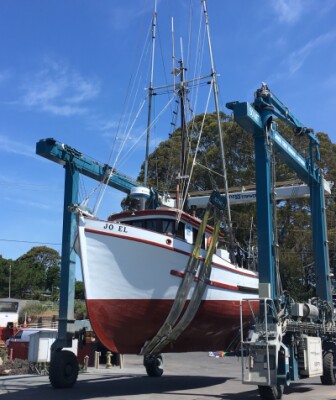WASHINGTON — The nation’s chief fisheries law was enacted in 1976 in a climate of alarm: the oceans were losing fish faster than they could reproduce, and most of the diminishing harvests were being scooped up by an armada of Soviet and Japanese factory trawlers.
In response, Congress passed the legislation now commonly called the Magnuson-Stevens Act. It asserted exclusive American fishing rights out to 200 miles from shore. It also entrusted the federal government to protect Alaska pollock, Atlantic haddock and hundreds of other stocks from overfishing and to guard the water’s bounty for perpetuity.
Today, the fight to ensure sustainable fisheries has turned entirely domestic.
The Magnuson-Stevens Act expired last September. Republicans in the House Natural Resources Committee and Democrats in the Senate Commerce Committee have released separate bills to update the 2006 reauthorization.
The dueling drafts have split fishing factions by coastlines. Bering Sea crabbers and West Coast commercial groundfish harvesters, for instance, want the law’s conservation measures left largely intact.
But some of their counterparts in New England and the Gulf of Mexico are demanding key changes. The collapse or overexploitation of such iconic stocks as cod and red snapper have battered their livelihoods and curtailed sport fishing, and the fishermen want more elastic mandates on overfishing and on rebuilding depleted fish populations.
Read the full story at the Seattle Times>>






